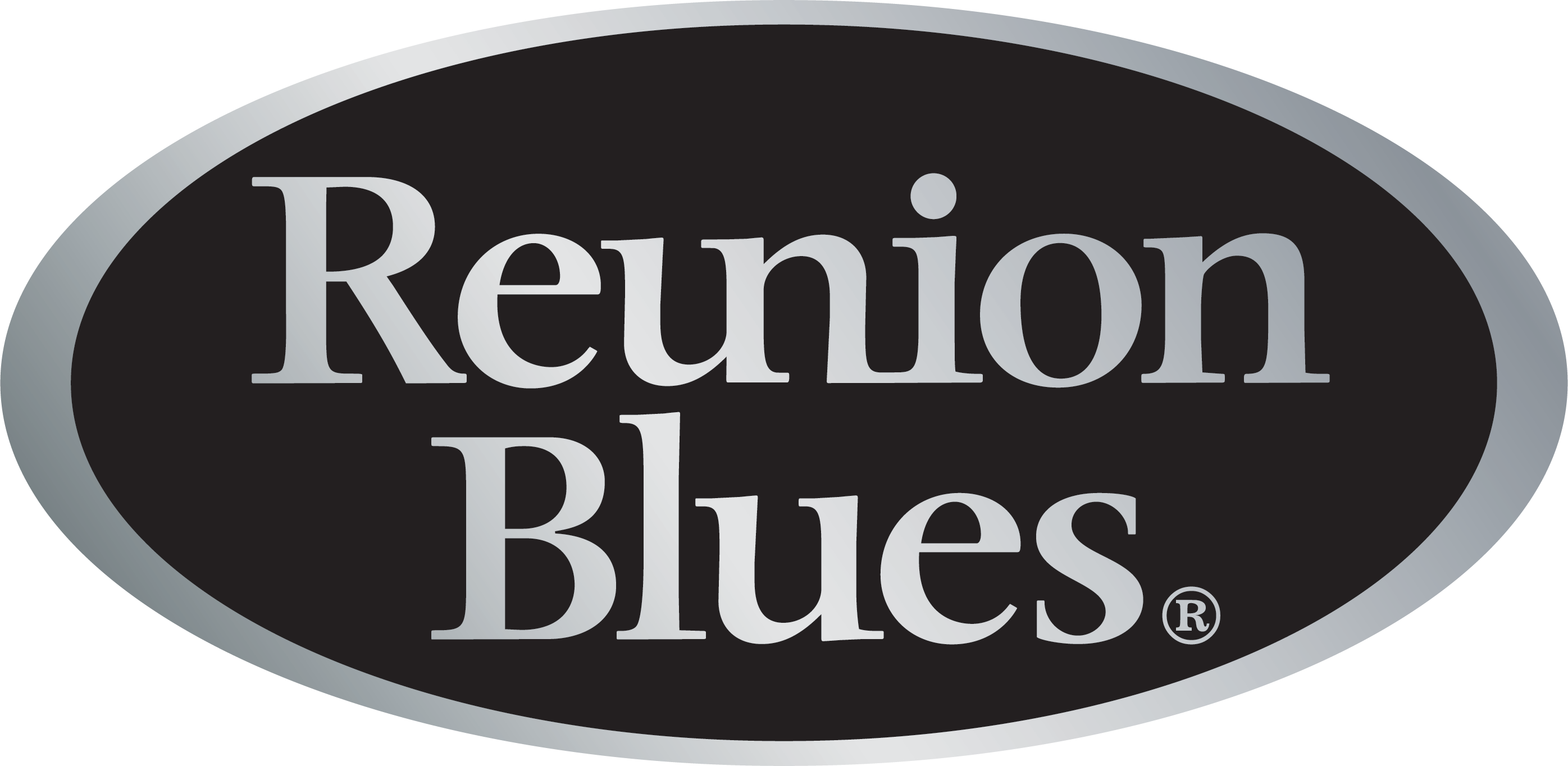How To Use Kompoz Part 1/2
These days, collaboration is easier than ever, especially if you’re willing to experiment online, artists from around the world can connect like never before, and self-recording technology is unbelievable. Que: Kompoz, a website that got its start in 2007 when Raf Fiol was looking for a way to more easily collaborate with his friends.
Using Kompoz, you can crowdsource songs in collaboration with people from all over the world. At the time of this posting, there are more than 65,000 collaborations going on on Kompoz’s website. And using it is simple.
To get started, you can make a free profile. You’ll fill out some information about yourself and your skills. You can add as many skills as you want and sort them in order of preference. You’ll add a bio and some photos, as much information as you can that will help others know who you are and what you have to offer.
Then the magic happens!
If you have an idea for a song, all you have to do is record yourself playing the idea on your preferred instrument using your favorite DAW. Then you can upload the track to Kompoz’s cloud in one of the compatible formats. The free program allows you to upload MP3s and PDFs, while the paid tiers add AIF, FLAC, MIDI, OGG, WMA, and WAV. MP3, OGG, and WMA are great for download speed, but most users prefer WAV format for the best audio quality.
You can make the collaboration private, to work on between you and your friends, or you can open it up to the rest of the members and see what happens when musicians from all over the world contribute. You can even crowdsource production using Kompoz’s cloud-based tools. Some members form digital bands with musicians they’ve met on Kompoz, so the private project option is perfect for those situations.
When you set up the project idea, you decide how you want to license the song, either with traditional copyright or creative commons licensing. If you want, when the track is done, you can choose to upload it to SoundBlend, a sales site made specifically for crowdsourced music, to sell your creation. You’ll decide in advance how the revenue will be split up and Kompoz’s software will do it for you automatically.
The flipside of getting your projects completed is adding your input to other people’s tracks. You can find collaborations to work on in three places: Collaborations, where you can search by instrument type to see who needs your particular skills, Help Wanted, a forum where people post about contributions they’re looking for, and the New Collaborator Activity Stream, where you can see who has just joined and what new projects they’re working on.
You’ll do best on the site if you participate a lot and often. Build a reputation and make friends. Most importantly, contribute to other people’s projects so that when the time comes to get help on yours, you’ve got lots of people in your network and lots of people invested in your. Keep your profile up to date and stay involved in the group forums and on the community board.
In the next part of this article, we’ll look in more depth at how to create and engage on Kompoz’s platform.
Guest Post by Allie Mazon
